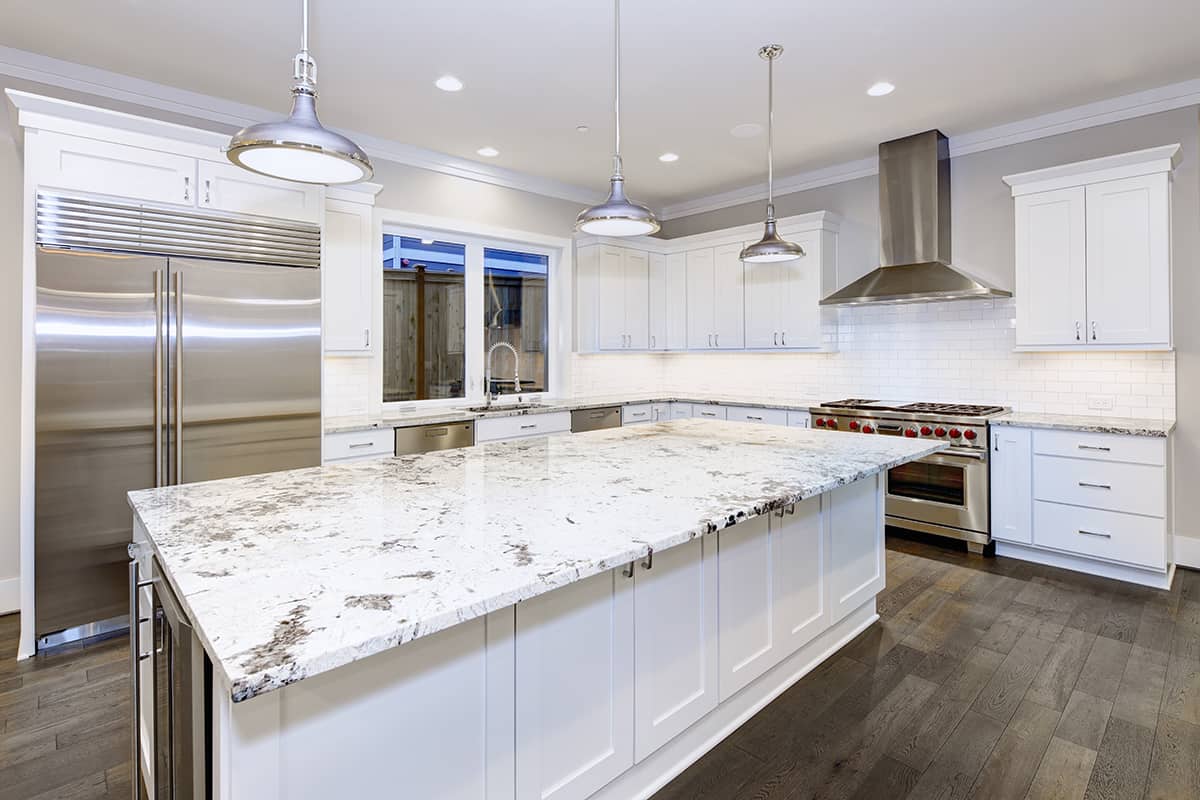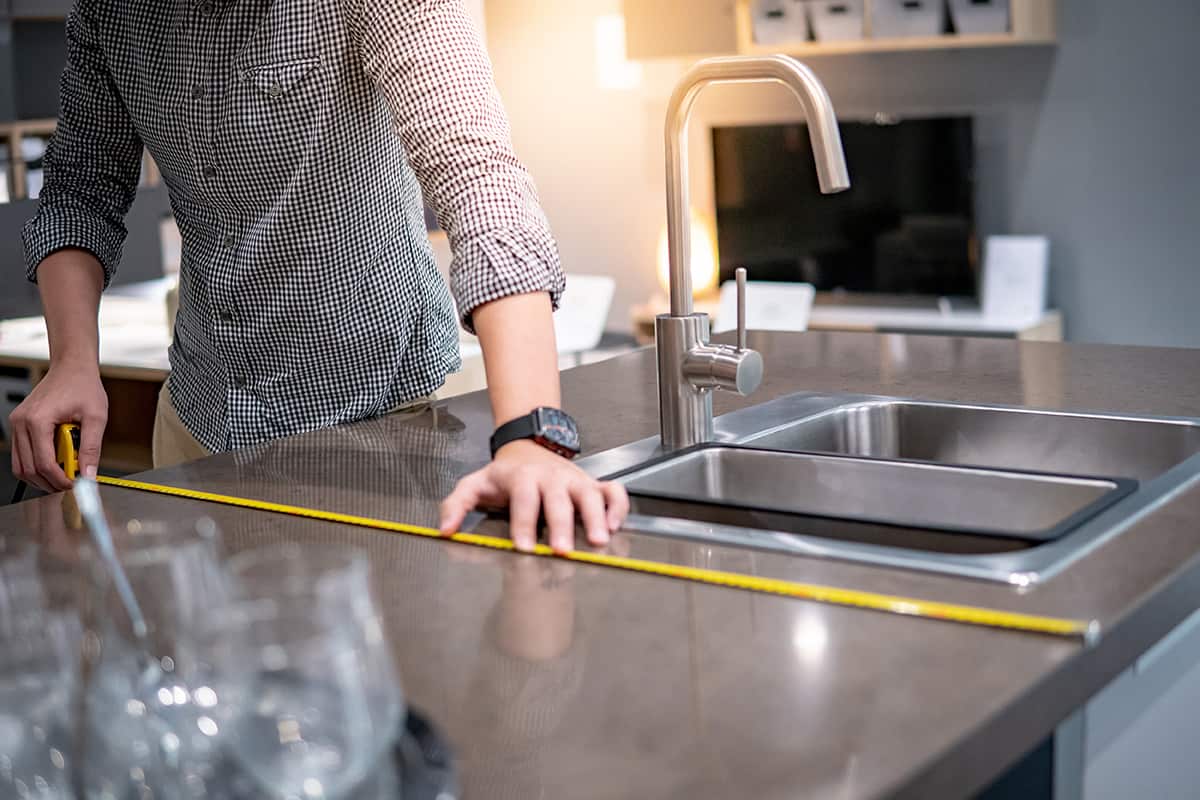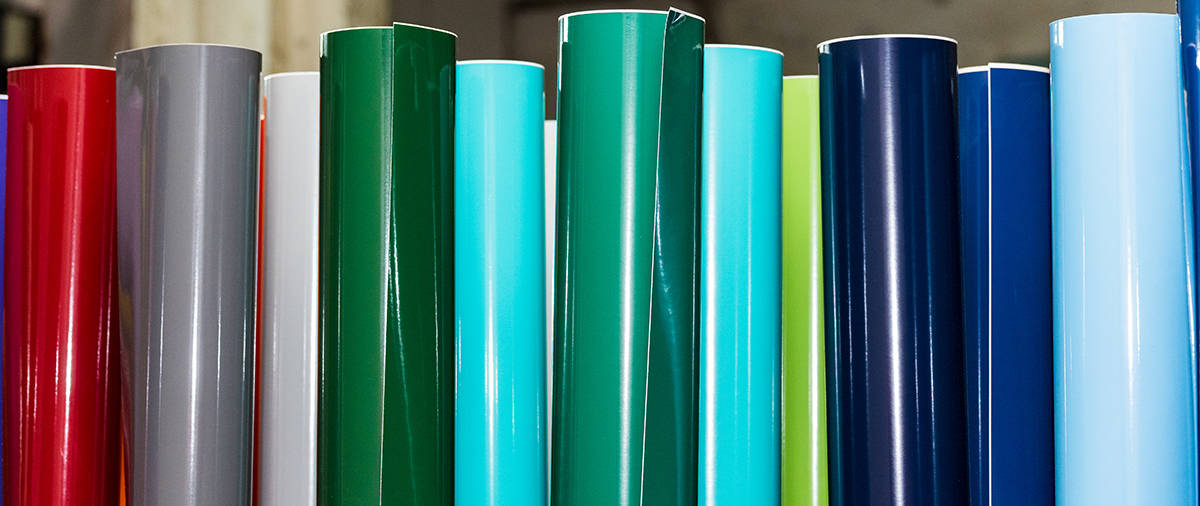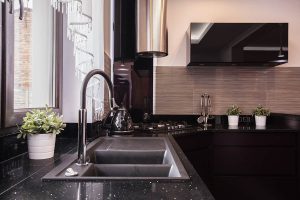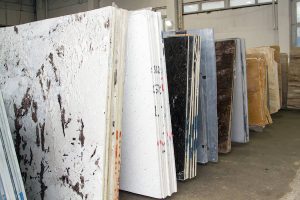Granite is a sought-after material when it comes to countertops in kitchens and bathrooms, and properties which have granite countertops are typically more desirable among prospective buyers. Properties with granite countertops can also demand a premium compared to homes with less valuable countertops, such as laminate or wood.
Unfortunately, the color or style of granite a previous homeowner chose for their countertops might not be to your taste, so when you move into your new home, you might face an interior decor challenge.
There are ways that you can make a dated granite countertop appear more modern; for example, if it is a brown shade of granite, you could paint the kitchen cabinets gray to help tone down the warmth.
However, if you cannot stand the color of the granite, then you have only two options; replace the countertops or resurface the countertops.
Replacing Vs. Resurfacing Granite Countertops
If you really cannot endure living with the current granite countertops in your home, then you will either have to replace them or resurface/recover them.
The option you choose is going to heavily depend on your budget since replacing a granite countertop will usually cost tens of thousands of dollars, while resurfacing a granite worktop can be achieved for under $100, depending on the type of resurfacing you opt for.
Replacing a Granite Countertop
Replacing granite countertops is by far going to be the most expensive way you can change the color of your granite since new granite countertops are usually the most high-priced types of countertops you can get.
The benefit of installing new granite countertops is that it can increase the value of the home, and most homeowners will be happier with new granite rather than upcycled granite. Installing new granite is also the easiest option because a contractor will need to do this for you, so there is no labor involved for the homeowner whatsoever.
Resurfacing a Granite Countertop
By contrast, resurfacing a granite countertop to change its color is going to be your most cost-effective yet time-consuming option. If you have a tight budget and don’t mind spending a few hours or days working on updating the granite countertop, then this might be your best solution.
There are a number of ways you can change the color of your granite countertops without actually changing them. These include painting the countertop, covering the countertop with sticky-back vinyl wrap, resurfacing the granite countertop with a layer of epoxy, or having a professional restore the granite countertop.
Painting a Granite Countertop
Painting over a granite countertop is considered to be a little controversial by some. Granite is a natural stone, the unique beauty of which has been formed underground over thousands of years, so painting over that beauty can be viewed as sacrilege. However, if you simply don’t like the color of your granite and you don’t have the budget to replace it, then painting it can work well.
To paint over granite, you’ll first need to seal it with an anti-gloss coat of primer. These specialist primers adhere to the granite to create a surface that regular paint will be able to stick to, ensuring that any scratches or scrapes don’t cause the paint to peel off. After the primer, the type of paint you choose is purely down to preference.
There are some types of paints that have been formulated specifically for use on granite countertops, but many DIY enthusiasts have found that regular furniture paint can work just as well. Painting the granite with a small roller will give a more flat, seamless look.
However, you can get creative and emulate the look of marble by using sponges and some feathers to create the veining. After several coats of paint, allow a few days to pass to ensure the countertops are completely dry, and then seal them with an acrylic-based clear top coat. This will help to protect the painted granite and improve its chances of standing up against everyday use.
Resurface Old Granite Countertops
If you want the surface of your granite countertop to be genuine granite, rather than paint or epoxy for example, then there are companies who will manufacture a thin granite overlay to stick over your existing granite. This means you can save the hassle of having to rip out the current countertops and cut down on the cost of achieving a real granite surface.
This is a good alternative to replacing the granite if you have a moderate budget and want to change the color of your countertop without sacrificing the product. Covering your existing granite with a thin layer of new granite is by no means a low-cost option. However, it can represent savings of as much as 40% compared with installing new granite countertops.
Vinyl Wrap for Kitchen Countertops
Vinyl wrap was popular back in the 1980s as a covering for shelves and the interior or drawers, but it has made a huge comeback over the last few years as an all-purpose cover for almost any hard surface.
The quality of vinyl wrap has come on leaps and bounds, and you can now find it in almost any color or pattern you can imagine, from faux marble to imitation brick. Covering old countertops with vinyl wrap has been trending across Instagram and Pinterest recently, but it is most often used to improve the look of dated laminate countertops.
Hiding an expensive granite countertop with a cheap vinyl covering might seem like an odd choice, but it actually works brilliantly because it does a great job of appearing to be a solid surface, and if you change your mind you can peel it away without causing any damage to the original countertop.
Vinyl wrap can be picked up for just a few dollars a roll at craft or hobby stores, and it can be cut to size and applied in a matter of minutes. Use something with a hard, flat edge, such as a credit card, to press out any bumps in the vinyl wrap, and use a hair dryer to stretch it over the edges for a professional finish.
Try to avoid having join lines in obvious places where they will be seen, and instead, position joins around sinks or in corners where they will be less noticeable. While vinyl wrap is a great low-cost way to transform the color of a granite countertop, it is not as durable as other options, and you should avoid placing any hot items onto the surface because it will melt.
Epoxy Coating for Granite Counters
Epoxy is a type of resin that can be applied over existing countertops to give them a fresh new look and improve their durability. Epoxy is commonly used to recover countertops made from Formica, laminate, wood, and tile, but covering over granite is less common simply because granite is viewed by many as a material that should not be hidden.
However, there is no practical reason why epoxy can not be applied over granite, and it represents a durable, low-cost way to change the color of your granite countertops. Epoxy can be applied over countertops by professionals, or there are kits you can buy to achieve this on a DIY basis if you’re looking to save as much money as possible.
You can buy epoxy in any color you can think of, and you can also use additives such as glitter, or extra colors, to create patterns and different effects. The application process of an epoxy coating is time-consuming, and it can be hard to achieve the results you have in mind. You will need to carefully follow the instructions and be prepared for challenges along the way.
If you want to ensure a high-end finish, hire a specialist company with experience in applying the epoxy. Although this will cost more, it will still represent a huge saving compared with buying new granite countertops, and it will be an investment that lasts many years to come.
Granite Countertop Restoration
If your granite countertops are tatty, worn out, and have generally seen better days, then you could look at getting them professionally restored. While this won’t necessarily change the color, it can change the shade of the worktop so that it fits in better with your desired color scheme and interior decor.
For example, if the granite countertops have faded and lost their luster, the restoration process can enhance the shade to make it deeper and bring back the high gloss finish we associate with luxury granite. This could transform pale tan-brown granite countertops into rich, warming brown countertops.
The restoration process performed by granite specialists will involve using a tool to remove a fine layer from the surface of the stone, revealing the beauty of the untouched granite beneath.
This will then be polished and sealed to bring the countertop back to its former glory. You can buy home kits to restore granite countertops yourself. However, these will only involve sealing and polishing the existing granite instead of removing the top layer of it.
